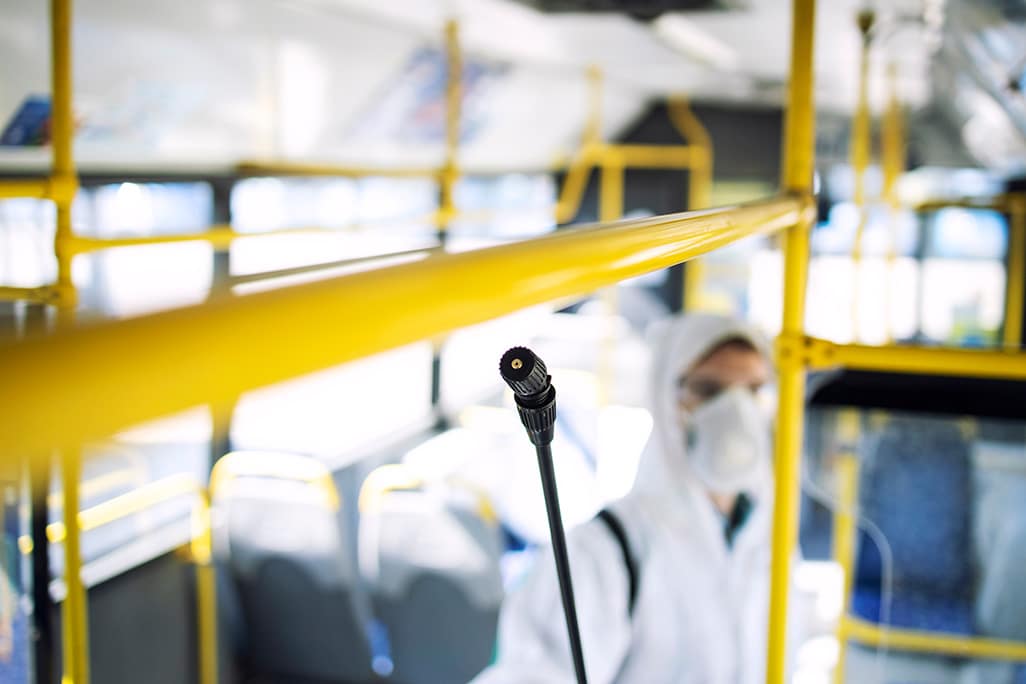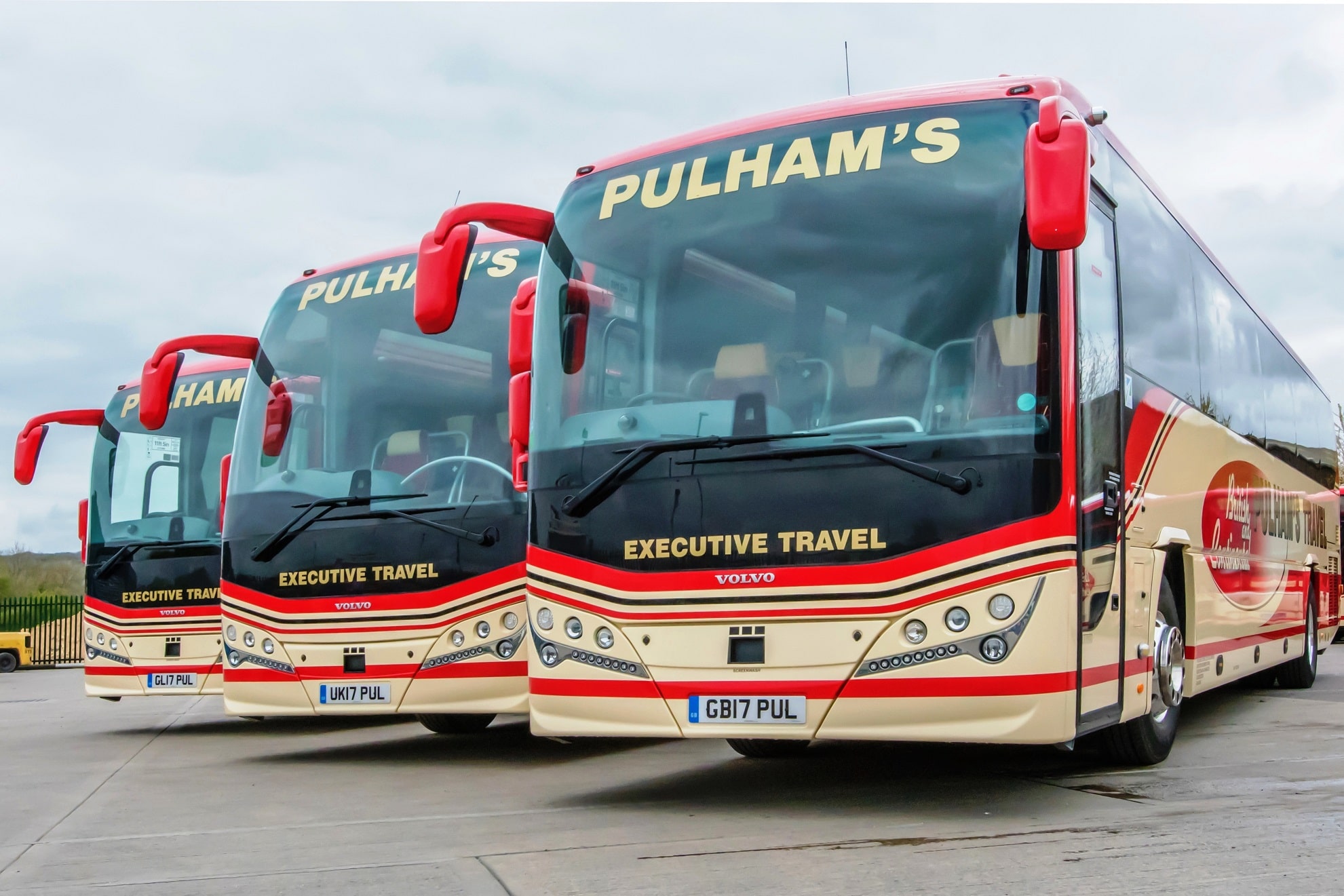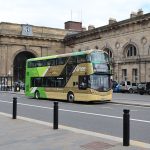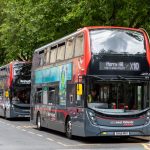As the number of new COVID-19 cases begins to wane, LowCVP’s Dan Hayes reflects on the changing landscape of low carbon Britain pre- and post-lockdown
As we enter the fourth week of lockdown, the tide may be starting to turn in the battle against the spread of coronavirus COVID-19.
The number of reported cases has slowed to a few hundred per day over Easter Sunday and Monday, compared with thousands per day the previous week (though cases reported at weekends are always a little lower than those during the working week).
If this trend continues, we have hopefully reached the peak of infections and can now start to look forward with some positivity.
However, winning this short battle will have set us back quite a bit in the long war against getting people out of private cars in town centres and onto public transport. The war is being waged on three fronts: Congestion, convenience and now (perceived) cleanliness.
Even before this pandemic hit, many adverts for flu jabs or other personal health messaging often depicted someone sneezing on a bus or train. There is now a collective perception that public transport is best avoided so as not to come into close contact with other people.
Whenever the lockdown is lifted, the desire to ‘social distance’ will likely remain for some time and people will be hesitant to return to public transport. As operators do as much as they can to clean vehicles thoroughly, this is one for the public relations gurus to tackle, by directly engaging with government through Public Health England and other such bodies to change negative messaging.
As most people stay at home and those other than key workers avoid public transport where it is still running, the message from bus operators is one of a 90% fall in revenue and 60% reduction in vehicles on the road – with thousands of staff furloughed. The situation for coach operators is beyond unprecedented.
Importantly, there has already been a support package from government with the promise to pay Bus Service Operators’ Grant payments up front, alongside additional funding as detailed already by routeone. Hopefully we will see something similar for the coach industry as time goes on.
Those in the Department for Transport’s bus team that aren’t focusing on the coronavirus COVID-19 response are focusing on the delivery of the all-electric bus town and have extended the deadline for expressions of interest to 4 June. This will give local authorities (LAs) more time to prepare their outline proposals and LowCVP will be hosting a ‘meet the suppliers’ webinar on the first week of May to help them realise all the options available.
Now is a good time to breathe.
Where there are negatives, there are positives. The quiet roads could be a good way to evidence the need for coach and bus priority across our towns and cities. Though we have seen little hard data yet (with so few other vehicles on the roads), bus speeds and punctuality are likely to be as good as they ever will be.
Hopefully we can capture this and demonstrate how good local bus services could be if given the right support from LAs.
Much has also been said about the improvement of air quality as well, with the cumulative nitrogen oxide (NOx) emissions down 60% from this time last year across the UK.
This shows what the future could hold if all our vehicles became zero-emission at the tailpipe. As people walk around more of their local area, we will hopefully see better engagement in local high streets post lockdown which will also benefit operators.
Greenhouse gas emissions have also reduced as people travel less, and there are many discussions underway about how working from home more could help lock in some of these reductions. The response to coronavirus COVID-19 shows how quickly the public can react in the name of a national good, which is reassuring, considering some of the drastic changes in behaviour needed in the coming decades to tackle climate change.
There is also a question of how future industry support packages could be combined with green conditions to encourage the adoption of low carbon vehicles and fuels quicker.
It is, however, very early days, and with the industry already struggling pre-pandemic, it’s too early to call what opportunities will be realised until everyone is back on their feet.
Finally, I feel it’s safe to say that as soon as the lockdown is over, the vast majority of people will want to start travelling again – for at least a month!
I hope you all stay safe, sound and sane.



























